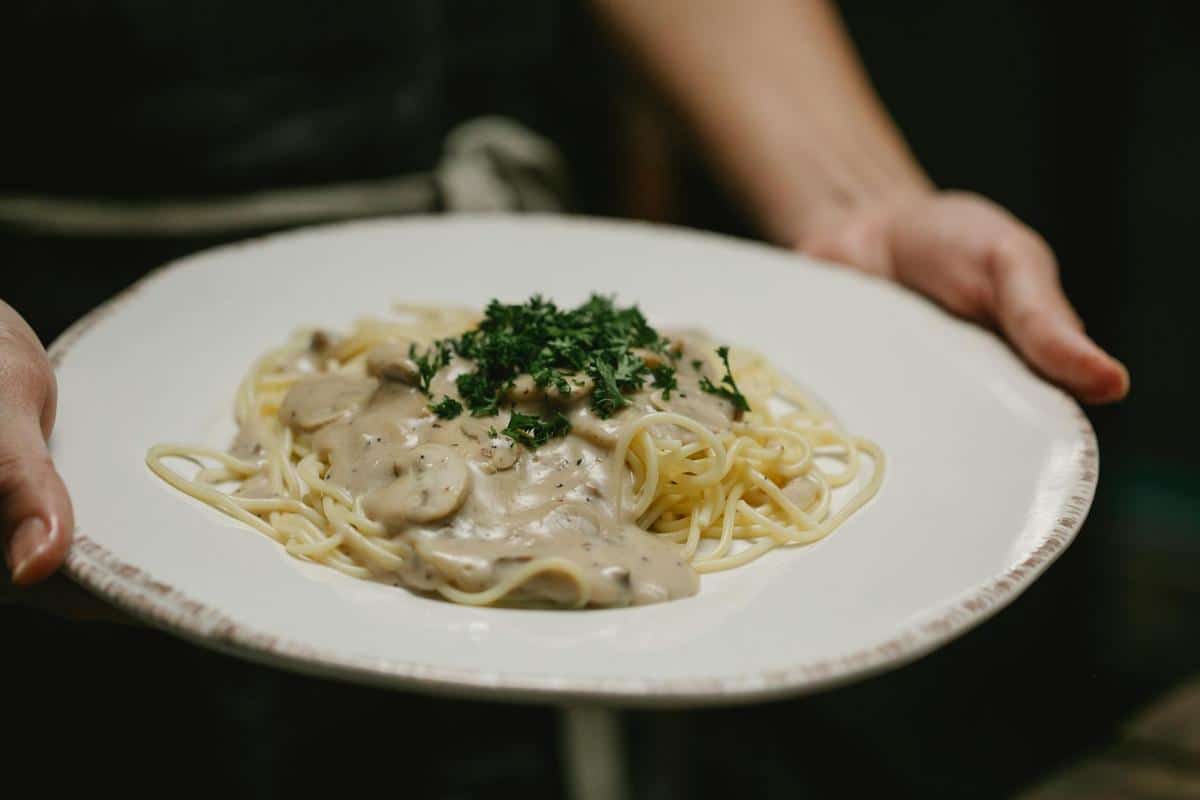
Thai-Italian Fusion: Aromatic Pastas and Pizzas
Thai-Italian Fusion: Aromatic Pastas and Pizzas is an enticing culinary concept that marries the bold flavors of Thai cuisine with the classic appeal of Italian dishes. This fusion brings a refreshing twist to traditional recipes, creating a dining experience that is both unique and delightful.
The Allure of Fusion Cuisine
Fusion cuisine has been gaining popularity as chefs worldwide seek to blend cultural flavors, creating dishes that offer fresh perspectives on traditional recipes. The combination of Thai and Italian elements in pasta and pizzas is particularly exciting because both cuisines value aromatic ingredients and bold flavors.
Exploring Thai-Italian Fusion
To better understand this fusion, it’s essential to look at what each cuisine brings to the table. Thai cuisine is known for its aromatic herbs, spices, and balance of sweet, sour, salty, and spicy flavors. Italian cuisine, on the other hand, is celebrated for its emphasis on fresh ingredients, simplicity, and hearty flavors.
Expert Insights
Chef David Thompson, renowned for his expertise in Thai cuisine, suggests that the key to successful fusion is respecting the core elements of each cuisine while allowing for creative experimentation. He notes, “Fusion should not be forced; instead, let the ingredients guide you to a natural harmony.”
Creating Aromatic Dishes
When crafting Thai-Italian fusion dishes, think about the aromatic possibilities. Imagine a pasta dish with a basil-infused sauce, enhanced by lemongrass and galangal, topped with a sprinkle of Parmesan cheese. Or consider a pizza with a tom yum-inspired sauce, topped with mozzarella and fresh cilantro.
Statistics on Fusion Cuisine Popularity
According to a 2021 culinary trend report, fusion cuisine has seen a 30% increase in popularity over recent years, with Thai-Italian fusion ranking among the top emerging trends.
Personal Anecdote
My first encounter with Thai-Italian fusion was at a local restaurant that served a “Green Curry Pizza.” Initially skeptical, I was pleasantly surprised by the harmonious blend of creamy coconut curry and the chewy texture of the pizza crust.
Actionable Tips for Home Cooks
- Start with familiar dishes and incorporate one or two new elements from the other cuisine.
- Balance flavors carefully—use Thai spices sparingly to avoid overpowering Italian ingredients.
- Experiment with sauces and toppings to find combinations that excite your palate.
When making your own Thai-Italian fusion dish, try using kaffir lime leaves in a classic tomato sauce for an unexpected citrus twist.
Fusion Recipe Comparison
| Dish | Italian Base | Thai Elements |
|---|---|---|
| Pad Thai Spaghetti | Spaghetti | Tamarind sauce, peanuts |
| Tom Yum Pizza | Pizza crust | Tom yum sauce, shrimp |
| Green Curry Lasagna | Lasagna sheets | Green curry, coconut milk |
| Basil Pesto Pad See Ew | Basil pesto | Rice noodles, soy sauce |
| Thai Red Curry Risotto | Risotto rice | Red curry paste, Thai basil |
| Lemongrass Alfredo | Alfredo sauce | Lemongrass, kaffir lime |
| Mango Sticky Rice Cannoli | Cannoli shells | Mango, sticky rice |
| Thai Tea Tiramisu | Tiramisu | Thai tea, condensed milk |
FAQ
How can I start experimenting with Thai-Italian fusion at home?
Begin with simple recipes like adding Thai spices to Italian sauces or using Thai herbs as pizza toppings.
What are some common ingredients used in Thai-Italian fusion?
Common ingredients include coconut milk, lemongrass, Thai basil, and various Italian cheeses.
Conclusion
Thai-Italian fusion offers a delightful culinary adventure, blending two rich culinary traditions into dishes that excite and satisfy. By experimenting with ingredients and flavors, you can create aromatic pastas and pizzas that are truly your own. So, why not take the plunge and try your hand at crafting a dish that brings the best of both worlds to your table?


